Top 10 Baby Blue Flowers to Add Elegance to Your Landscape
Add a touch of elegance to your landscape with these top 10 Baby Blue Flowers. Discover their unique features and care requirements.
Are you looking to add a touch of elegance and tranquility to your garden? Baby blue flowers might be just what you need. These delicate blooms can create a serene atmosphere and pair beautifully with other colors in your landscape. In this guide, we’ll explore the top 10 baby blue flowers that can transform your outdoor space into a peaceful haven.
1. Forget-Me-Not (Myosotis sylvatica)
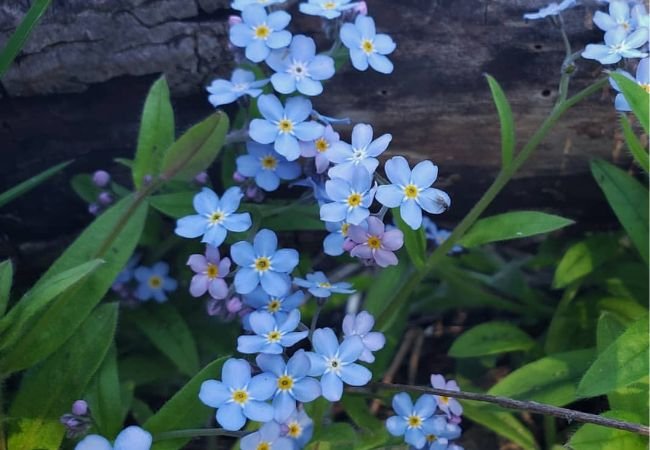
Here’s a short information chart about Forget-Me-Not (Myosotis sylvatica):
| Aspect | Details |
|---|---|
| Botanical Name | Myosotis sylvatica |
| Common Name | Forget-Me-Not |
| Appearance | Small, delicate blue flowers with yellow centers, in clusters |
| Leaf Shape | Oval to lance-shaped |
| Plant Type | Herbaceous perennial |
| Zones | 3-8 |
| Sun Exposure | Part shade to full shade |
| Soil Type | Moist, well-drained |
| Watering | Regular, moderate moisture |
| Fertilization | Light feeding in early spring |
| Growth Habit | Clumping, spreading by self-seeding |
| Height/Spread | 6-12 inches tall, spreads about 6-9 inches |
| Pests | Generally pest-free |
| Special Features | Attracts bees and butterflies, often used in woodland gardens |
Forget-me-nots are charming little flowers that bloom in clusters of tiny, sky-blue petals. These flowers are perfect for adding a soft, dreamy touch to your garden.
Key features:
- Bloom time: Spring to early summer
- Height: 6-12 inches
- Sun needs: Partial shade to full sun
- Soil: Moist, well-draining soil
Forget-me-nots are easy to grow and can spread quickly, making them ideal for ground cover or filling in gaps between other plants. They’re also great for attracting pollinators like bees and butterflies to your garden.
Care tips:
- Water regularly to keep soil moist
- Deadhead spent blooms to encourage more flowers
- Divide plants every few years to prevent overcrowding
2. Himalayan Blue Poppy (Meconopsis betonicifolia)
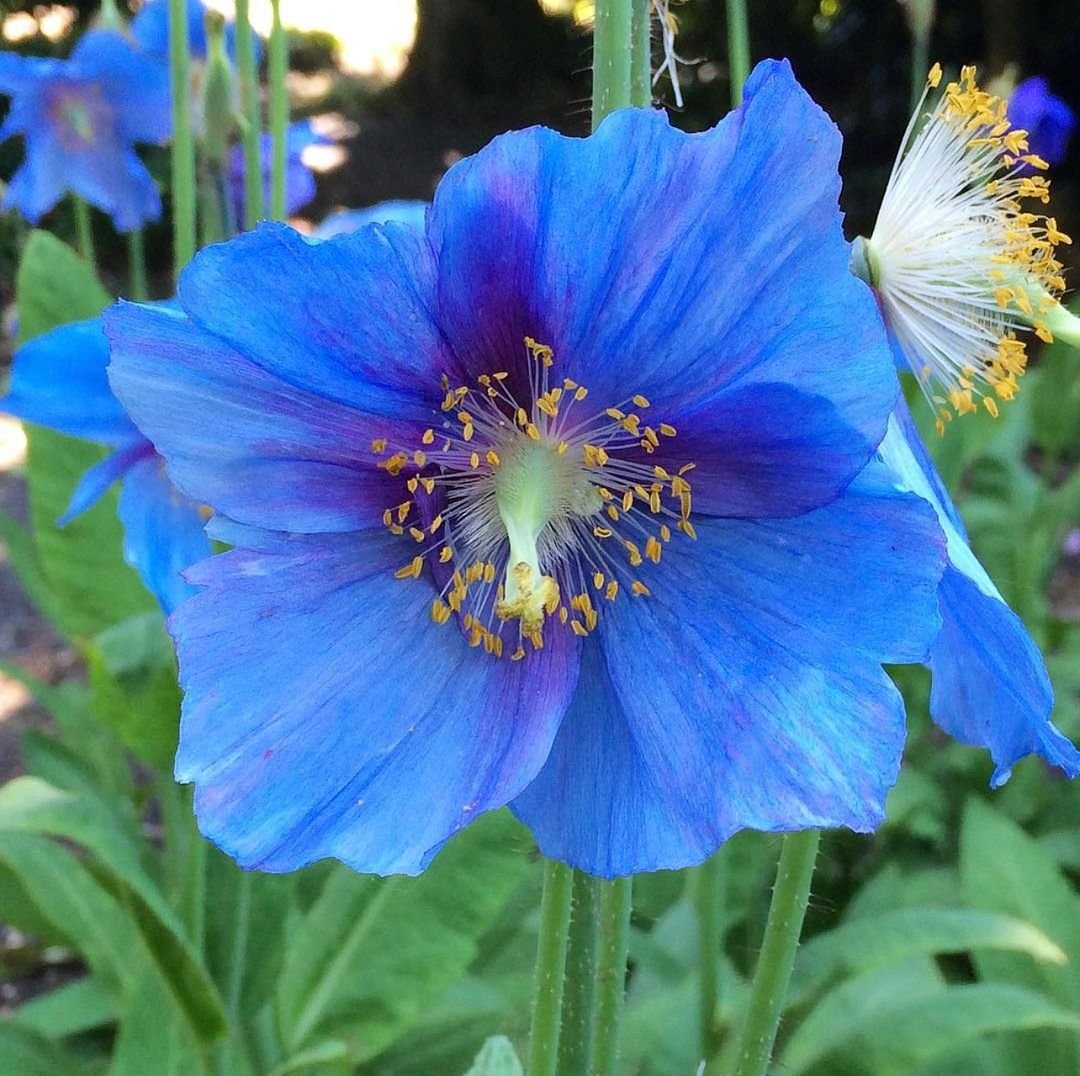
Here’s a short information chart about the Himalayan Blue Poppy (Meconopsis betonicifolia):
| Aspect | Details |
|---|---|
| Botanical Name | Meconopsis betonicifolia |
| Common Name | Himalayan Blue Poppy |
| Appearance | Large, sky-blue flowers with a papery texture |
| Leaf Shape | Oblong, deeply lobed |
| Plant Type | Herbaceous perennial |
| Zones | 7-9 |
| Sun Exposure | Part shade to full shade |
| Soil Type | Moist, well-drained |
| Watering | Regular, consistent moisture |
| Fertilization | Light feeding in spring |
| Growth Habit | Rosette-forming, clumping |
| Height/Spread | 3-4 feet tall, 1-2 feet wide spread |
| Pests | Susceptible to slugs and snails in humid climates |
| Special Features | Rare and prized for its striking blue flowers, prefers cool climates and acidic soils |
The Himalayan blue poppy is a stunning flower that’s sure to catch everyone’s eye. Its large, silky petals in a unique shade of true blue make it a prized addition to any garden.
Key features:
- Bloom time: Late spring to early summer
- Height: 2-4 feet
- Sun needs: Partial shade
- Soil: Rich, moist, acidic soil
These poppies can be a bit tricky to grow, but their beauty is worth the effort. They prefer cool climates and struggle in hot, dry conditions.
Care tips:
- Protect from strong winds and hot afternoon sun
- Keep soil consistently moist but not waterlogged
- Mulch to retain moisture and keep roots cool
3. Delphinium (Delphinium elatum)
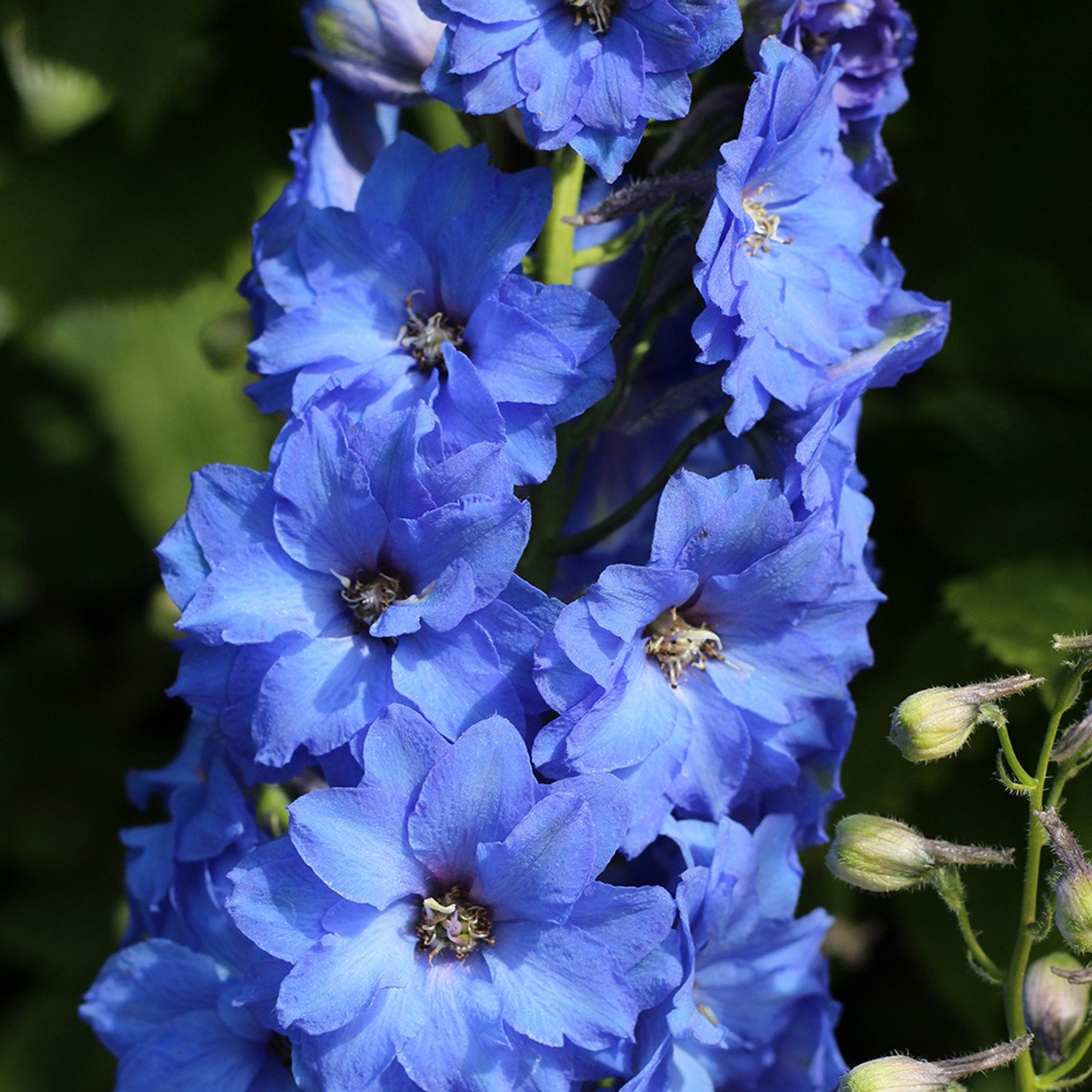
Here’s a short information chart specifically about Delphinium (Delphinium elatum):
| Aspect | Details |
|---|---|
| Botanical Name | Delphinium elatum |
| Common Name | Delphinium |
| Appearance | Tall spikes of colorful flowers in various shades (blue, purple, pink, white) |
| Leaf Shape | Deeply lobed, palmate |
| Plant Type | Herbaceous perennial |
| Zones | 3-7 |
| Sun Exposure | Full sun to part shade |
| Soil Type | Rich, well-drained |
| Watering | Regular watering |
| Fertilization | Balanced fertilizer in early spring |
| Growth Habit | Upright, clump-forming |
| Height/Spread | 3-6 feet tall, 1-2 feet wide spread |
| Pests | Susceptible to aphids, slugs, and snails |
| Special Features | Towering spikes of densely packed flowers, attracts butterflies and hummingbirds |
Delphiniums are tall, stately flowers that can add a vertical element to your garden. Their spikes of baby blue blooms are perfect for creating a cottage garden look.
Key features:
- Bloom time: Early to midsummer
- Height: 3-6 feet
- Sun needs: Full sun
- Soil: Rich, well-draining soil
These flowers come in various shades of blue, from pale sky blue to deeper periwinkle hues. They’re excellent for cut flower arrangements too.
Care tips:
- Stake tall varieties to prevent wind damage
- Deadhead spent blooms to encourage more flowers
- Cut back after flowering for a possible second bloom
4. Blue Hydrangea (Hydrangea macrophylla)
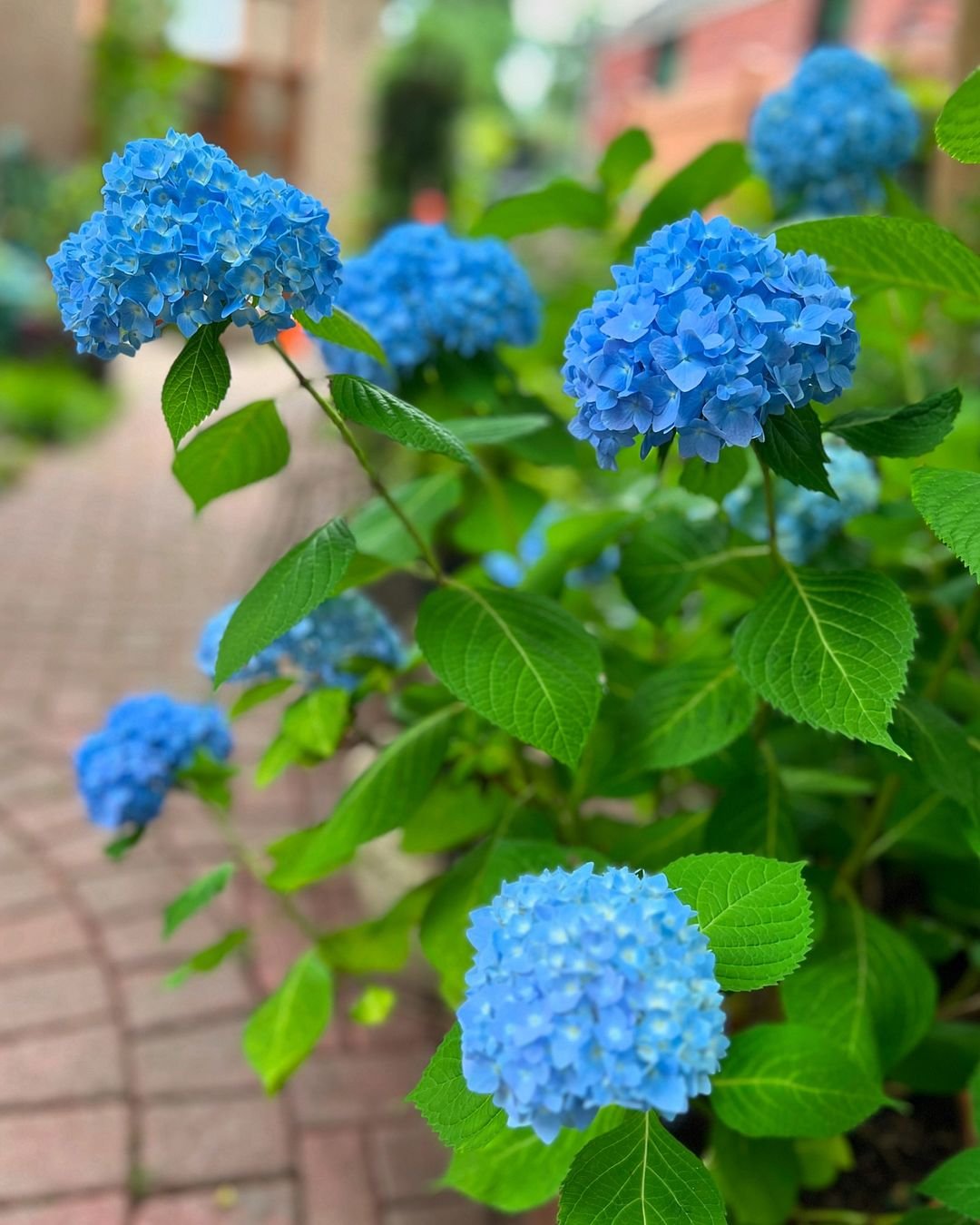
Here’s a concise information chart about the Blue Hydrangea (Hydrangea macrophylla):
| Aspect | Details |
|---|---|
| Botanical Name | Hydrangea macrophylla |
| Common Name | Blue Hydrangea |
| Appearance | Large, mophead or lacecap clusters of blue flowers (can vary based on soil pH) |
| Leaf Shape | Broad, ovate |
| Plant Type | Deciduous shrub |
| Zones | 5-9 |
| Sun Exposure | Part shade to full shade |
| Soil Type | Moist, well-drained, acidic to slightly alkaline |
| Watering | Regular, consistent moisture |
| Fertilization | Fertilize in spring with balanced fertilizer |
| Growth Habit | Bushy, spreading |
| Height/Spread | 3-6 feet tall, 4-6 feet wide spread |
| Pests | Generally pest-free |
| Special Features | Flowers can change color based on soil pH (acidic soils tend to produce blue flowers) |
Blue hydrangeas are classic garden favorites known for their large, round flower heads. The blue color can range from soft baby blue to deeper shades depending on soil pH.
Key features:
- Bloom time: Summer to fall
- Height: 3-6 feet
- Sun needs: Partial shade
- Soil: Moist, well-draining, acidic soil
To maintain the blue color, you’ll need to keep the soil acidic. Alkaline soil will cause the flowers to turn pink.
Care tips:
- Water deeply and regularly, especially during dry spells
- Add aluminum sulfate to the soil to enhance blue color
- Prune in late winter or early spring before new growth starts
5. Baby Blue Eyes (Nemophila menziesii)
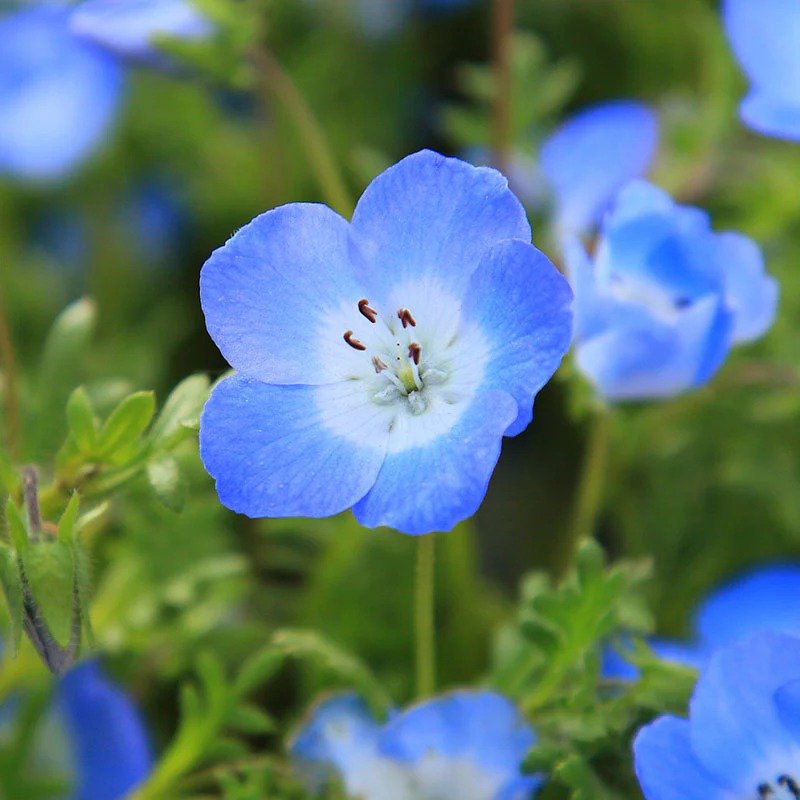
Here’s a concise information chart about Baby Blue Eyes (Nemophila menziesii):
| Aspect | Details |
|---|---|
| Botanical Name | Nemophila menziesii |
| Common Name | Baby Blue Eyes |
| Appearance | Low-growing annual with delicate, sky-blue flowers with white centers |
| Leaf Shape | Palmate, deeply lobed |
| Plant Type | Annual |
| Zones | 3-10 |
| Sun Exposure | Full sun to part shade |
| Soil Type | Well-drained |
| Watering | Regular, moderate |
| Fertilization | Light feeding during growth |
| Growth Habit | Spreading, mat-forming |
| Height/Spread | 6-12 inches tall, spreads about 6-9 inches |
| Pests | Generally pest-free |
| Special Features | Attracts bees and butterflies, ideal for edging or ground cover in gardens |
Baby blue eyes are charming annual flowers that create a carpet of soft blue blooms. They’re perfect for adding a delicate touch to rock gardens or as border plants.
Key features:
- Bloom time: Spring to early summer
- Height: 4-8 inches
- Sun needs: Full sun to partial shade
- Soil: Well-draining, average soil
These low-growing flowers are easy to grow from seed and can self-sow, coming back year after year in ideal conditions.
Care tips:
- Sow seeds directly in the garden after the last frost
- Water regularly but avoid overwatering
- Deadhead to prolong blooming period
6. Blue Flax (Linum perenne)
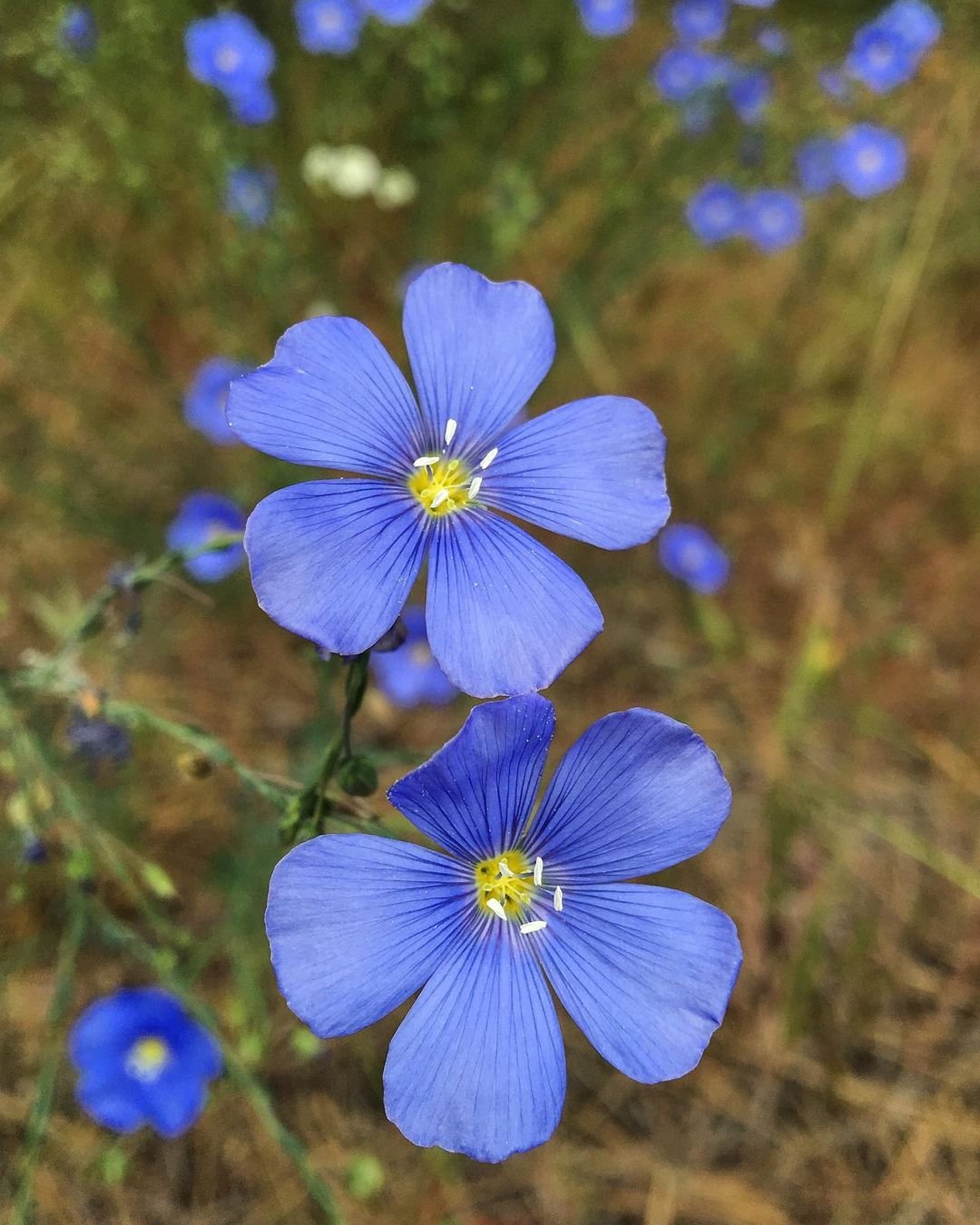
Here’s a concise information chart about Blue Flax (Linum perenne):
| Aspect | Details |
|---|---|
| Botanical Name | Linum perenne |
| Common Name | Blue Flax |
| Appearance | Delicate, sky-blue flowers |
| Leaf Shape | Narrow, linear |
| Plant Type | Herbaceous perennial |
| Zones | 5-9 |
| Sun Exposure | Full sun |
| Soil Type | Well-drained, sandy to loamy |
| Watering | Low to moderate |
| Fertilization | Minimal, prefers poor soil conditions |
| Growth Habit | Clumping, spreading |
| Height/Spread | 12-24 inches tall, spreads about 12-18 inches |
| Pests | Generally pest-free |
| Special Features | Drought-tolerant, attracts bees and butterflies |
Blue flax is a delicate-looking perennial with slender stems and small, sky-blue flowers. It adds a light, airy feel to any garden.
Key features:
- Bloom time: Late spring to summer
- Height: 1-2 feet
- Sun needs: Full sun
- Soil: Well-draining, average to poor soil
Blue flax is drought-tolerant once established, making it a great choice for low-water gardens or areas with poor soil.
Care tips:
- Plant in spring or fall
- No need for frequent watering once established
- Cut back after flowering to maintain neat appearance
7. Chinese Forget-Me-Not (Cynoglossum amabile)
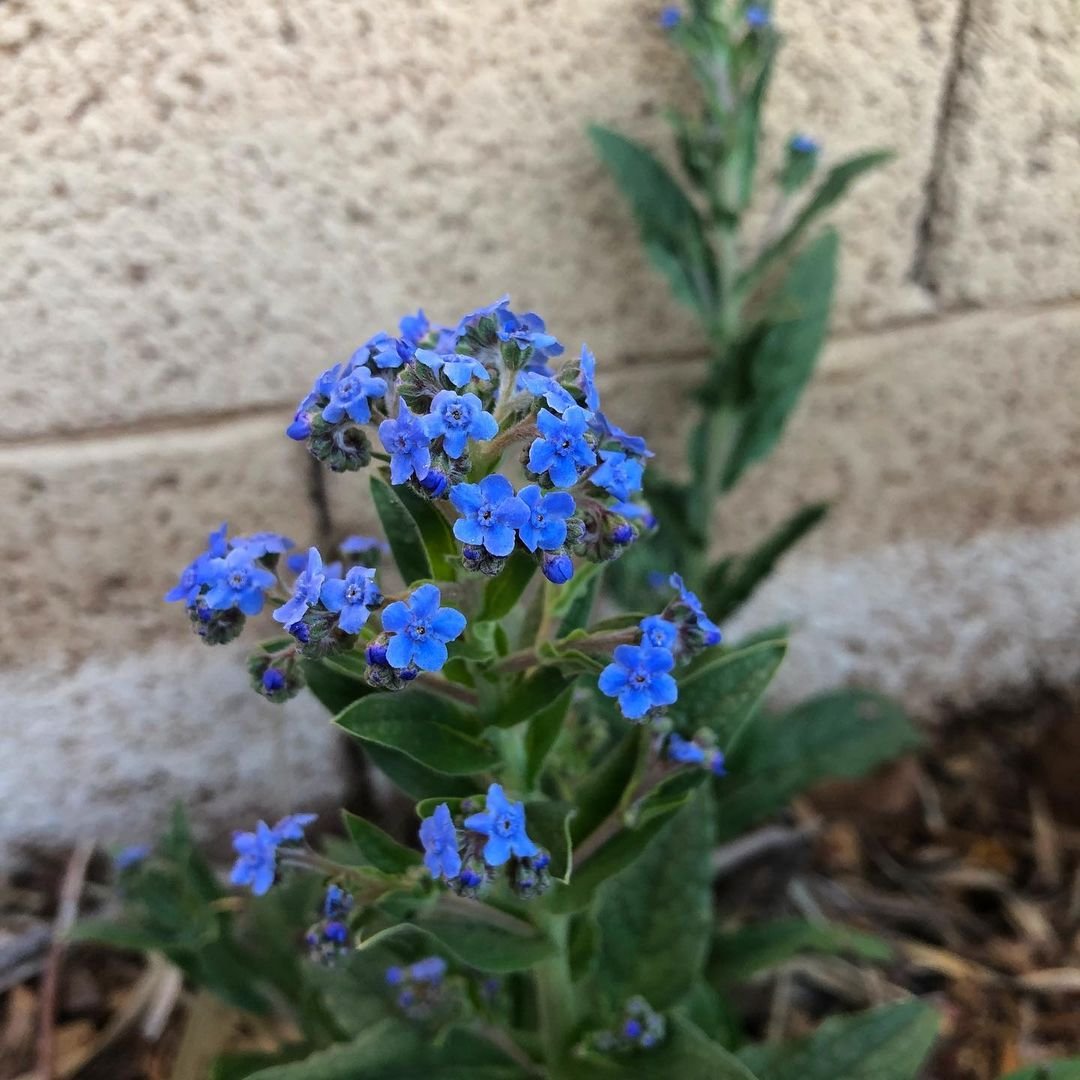
Here’s a concise information chart about the Chinese Forget-Me-Not (Cynoglossum amabile):
| Aspect | Details |
|---|---|
| Botanical Name | Cynoglossum amabile |
| Common Name | Chinese Forget-Me-Not |
| Appearance | Clusters of small, sky-blue flowers |
| Leaf Shape | Lance-shaped |
| Plant Type | Annual |
| Zones | 3-10 |
| Sun Exposure | Full sun to part shade |
| Soil Type | Well-drained, fertile |
| Watering | Moderate |
| Fertilization | Light feeding during growth |
| Growth Habit | Upright, bushy |
| Height/Spread | 12-24 inches tall, spreads about 6-12 inches |
| Pests | Generally pest-free |
| Special Features | Easy to grow, attracts bees and butterflies, ideal for borders and containers |
Also known as hound’s tongue, this annual flower produces clusters of small, bright blue blooms. It’s easy to grow and attracts pollinators.
Key features:
- Bloom time: Summer to fall
- Height: 1-2 feet
- Sun needs: Full sun to partial shade
- Soil: Well-draining, average soil
Chinese forget-me-nots are great for filling in gaps in borders or for use in cottage gardens.
Care tips:
- Sow seeds directly in the garden after the last frost
- Water regularly during dry spells
- Deadhead to encourage more blooms
8. Balloon Flower (Platycodon grandiflorus)
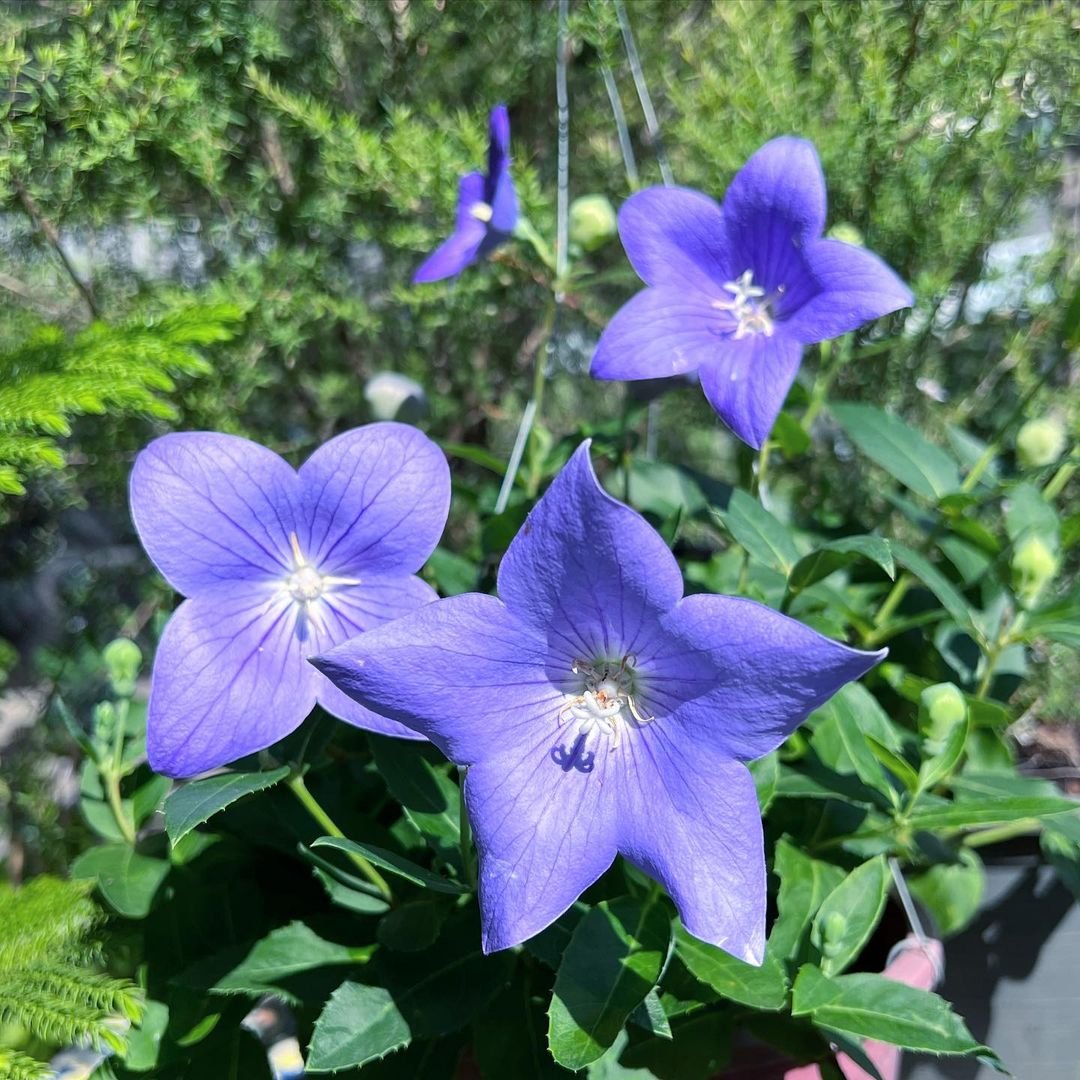
Here’s a concise information chart about Balloon Flower (Platycodon grandiflorus):
| Aspect | Details |
|---|---|
| Botanical Name | Platycodon grandiflorus |
| Common Name | Balloon Flower |
| Appearance | Balloon-like buds that open into star-shaped blue, white, or pink flowers |
| Leaf Shape | Oval, toothed |
| Plant Type | Herbaceous perennial |
| Zones | 3-9 |
| Sun Exposure | Full sun to part shade |
| Soil Type | Well-drained, fertile |
| Watering | Moderate |
| Fertilization | Balanced fertilizer in spring |
| Growth Habit | Upright, clumping |
| Height/Spread | 1-3 feet tall, spreads about 1-2 feet |
| Pests | Generally pest-free |
| Special Features | Long blooming period, deer resistant, attractive to butterflies |
Balloon flowers get their name from their puffy, balloon-like buds that open into star-shaped flowers. They come in shades of blue, including a lovely baby blue variety.
Key features:
- Bloom time: Summer
- Height: 1-2.5 feet
- Sun needs: Full sun to partial shade
- Soil: Well-draining, rich soil
These long-lived perennials are low-maintenance and make excellent cut flowers.
Care tips:
- Plant in spring or fall
- Water regularly during the first growing season
- Avoid moving once established, as they have deep taproots
9. Love-in-a-Mist (Nigella damascena)
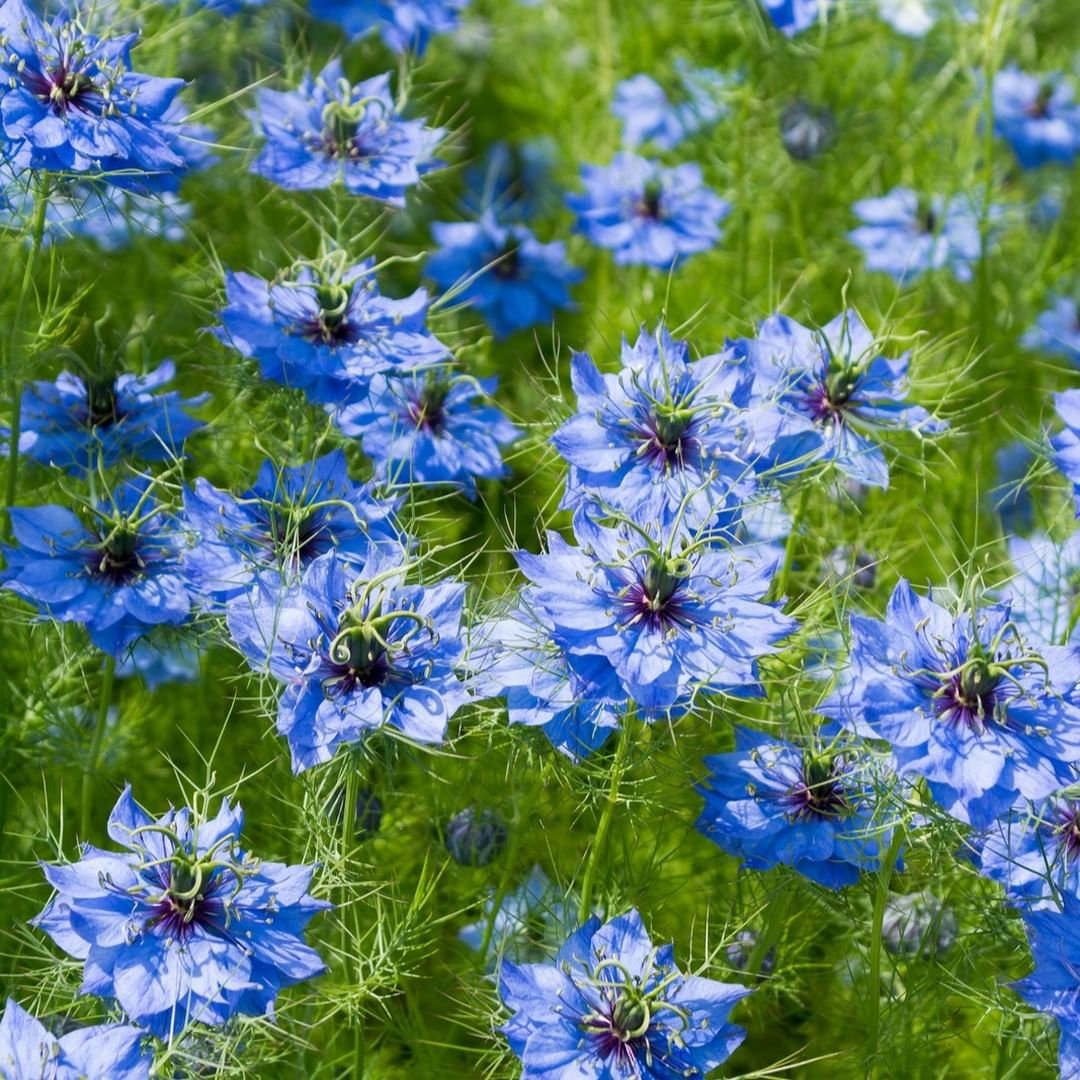
Here’s a concise information chart about Love-in-a-Mist (Nigella damascena):
| Aspect | Details |
|---|---|
| Botanical Name | Nigella damascena |
| Common Name | Love-in-a-Mist |
| Appearance | Delicate, feathery foliage with blue, pink, or white flowers surrounded by a mist of fine, fern-like bracts |
| Leaf Shape | Fine, dissected |
| Plant Type | Annual |
| Zones | 2-11 |
| Sun Exposure | Full sun to part shade |
| Soil Type | Well-drained |
| Watering | Moderate |
| Fertilization | Light feeding during growth |
| Growth Habit | Upright, bushy |
| Height/Spread | 12-24 inches tall, spreads about 6-12 inches |
| Pests | Generally pest-free |
| Special Features | Self-seeding, attracts bees and butterflies, suitable for cutting gardens or naturalistic settings |
Love-in-a-mist is an interesting annual flower with feathery foliage and delicate blue blooms. The flowers are followed by attractive seed pods.
Key features:
- Bloom time: Late spring to summer
- Height: 1-2 feet
- Sun needs: Full sun
- Soil: Well-draining, average soil
These flowers are great for adding texture to the garden and work well in wildflower meadows.
Care tips:
- Sow seeds directly in the garden in spring
- Thin seedlings to 6-8 inches apart
- Allow some flowers to go to seed for natural reseeding
10. Blue Lobelia (Lobelia erinus)
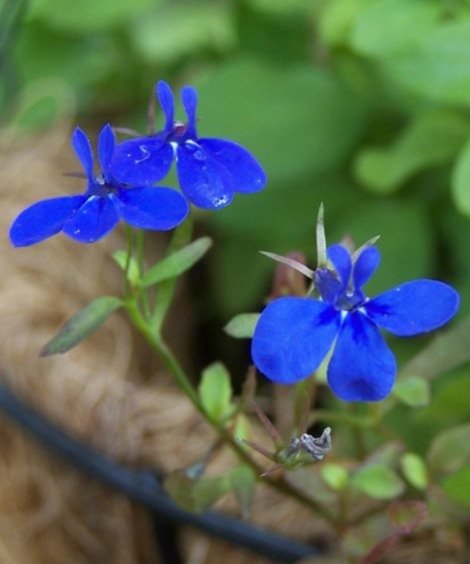
Here’s a concise information chart about Blue Lobelia (Lobelia erinus):
| Aspect | Details |
|---|---|
| Botanical Name | Lobelia erinus |
| Common Name | Blue Lobelia |
| Appearance | Profuse clusters of small, vibrant blue flowers |
| Leaf Shape | Oval, toothed |
| Plant Type | Annual or perennial (often grown as annual) |
| Zones | 2-11 |
| Sun Exposure | Full sun to part shade |
| Soil Type | Moist, well-drained |
| Watering | Regular |
| Fertilization | Light feeding during growth |
| Growth Habit | Spreading, trailing |
| Height/Spread | 6-12 inches tall, spreads about 6-9 inches |
| Pests | Susceptible to aphids, slugs, and snails |
| Special Features | Attracts hummingbirds and butterflies, suitable for containers and hanging baskets |
Blue lobelia is a versatile annual that produces masses of small, bright blue flowers. It’s perfect for hanging baskets, window boxes or as a ground cover.
Key features:
- Bloom time: Spring to fall
- Height: 4-8 inches
- Sun needs: Full sun to partial shade
- Soil: Moist, well-draining soil
Lobelia comes in both upright and trailing varieties, giving you options for different garden designs.
Care tips:
- Plant in spring after the last frost
- Keep soil consistently moist
- Trim back if plants become leggy to encourage bushier growth
Incorporating Baby Blue Flowers in Your Landscape
Now that you’re familiar with these beautiful baby blue flowers, let’s discuss how to incorporate them into your landscape design:
- Create a Monochromatic Garden: Use various shades of blue flowers to create a serene, monochromatic garden bed. Mix different textures and heights for added interest.
- Pair with Complementary Colors: Blue flowers look stunning when paired with their complementary color, orange. Try planting blue delphiniums with orange marigolds for a striking contrast.
- Use as Accent Plants: Incorporate baby blue flowers as accent plants among green foliage or other colored flowers to add pops of color throughout your garden.
- Design a Cottage Garden: Many of these blue flowers are perfect for creating a charming cottage garden look. Mix them with other colorful perennials and annuals for a relaxed, informal style.
- Add to Rock Gardens: Low-growing blue flowers like baby blue eyes or blue flax can add soft color to rock gardens or along pathways.
- Create Hanging Displays: Use trailing blue flowers like lobelia in hanging baskets or window boxes for a cascade of color.
- Plant in Masses: For a dramatic effect, plant large swaths of a single blue flower variety, like forget-me-nots or baby blue eyes.
Care Tips for Baby Blue Flowers
While each flower has its specific care requirements, here are some general tips to keep your baby blue flowers thriving:
- Soil Preparation: Most blue flowers prefer well-draining soil. Amend your soil with compost or other organic matter to improve drainage and fertility.
- Watering: Keep soil consistently moist, especially during the establishment period. However, avoid overwatering as this can lead to root rot.
- Fertilizing: Use a balanced, all-purpose fertilizer in spring to promote healthy growth and abundant blooms. Be careful not to over-fertilize, as this can lead to excessive foliage growth at the expense of flowers.
- Deadheading: Regularly remove spent blooms to encourage more flowers and keep plants looking tidy.
- Winter Care: For perennial blue flowers, apply a layer of mulch around the base of the plants in late fall to protect roots from freezing temperatures.
- Pest and Disease Management: Monitor your plants regularly for signs of pests or diseases. Many blue flowers are relatively pest-resistant, but early detection and treatment are key if problems do arise.
- Dividing Perennials: Every few years, divide perennial blue flowers to prevent overcrowding and maintain plant health.
Adding baby blue flowers to your landscape can create a sense of calm and elegance in your outdoor space. Whether you choose the classic beauty of hydrangeas, the delicate charm of forget-me-nots or the unique allure of Himalayan blue poppies, these flowers are sure to enhance your garden’s appeal.
Remember to consider your specific growing conditions, such as climate, soil type and available sunlight, when selecting blue flowers for your garden. With proper care and attention, these lovely blooms will reward you with their beautiful blue hues year after year.
So why not start planning your blue flower garden today? With these top 10 baby blue flowers, you’re well on your way to creating a stunning, tranquil landscape that you and your visitors will love.
For more information on gardening and plant care, visit the National Gardening Association website. Happy gardening!
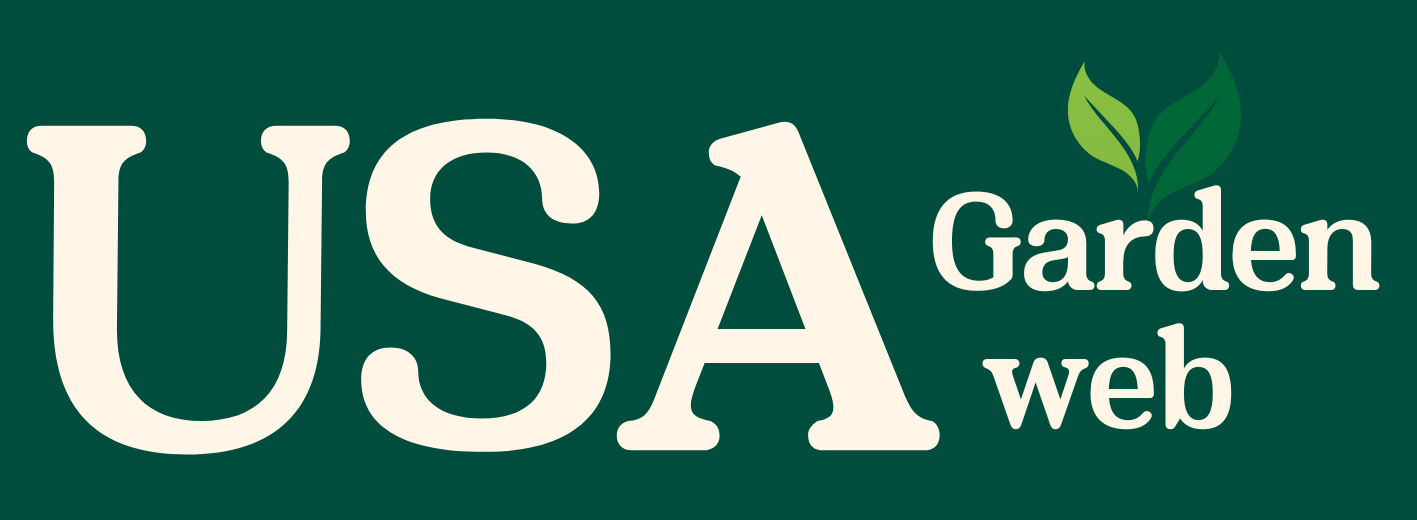
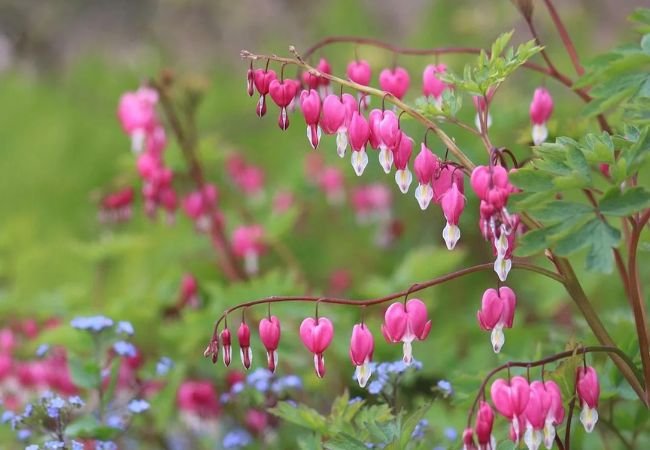
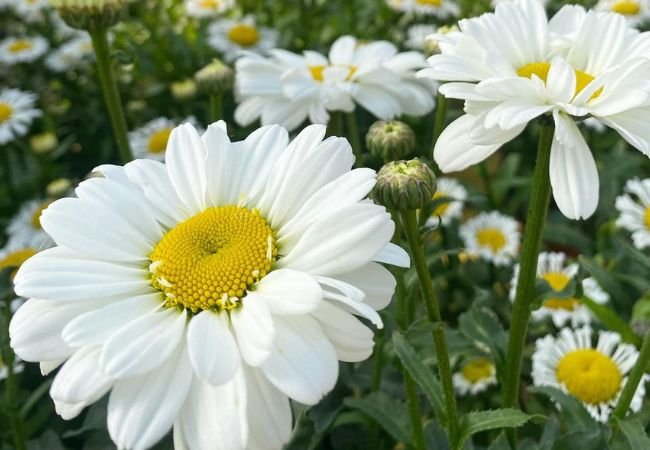
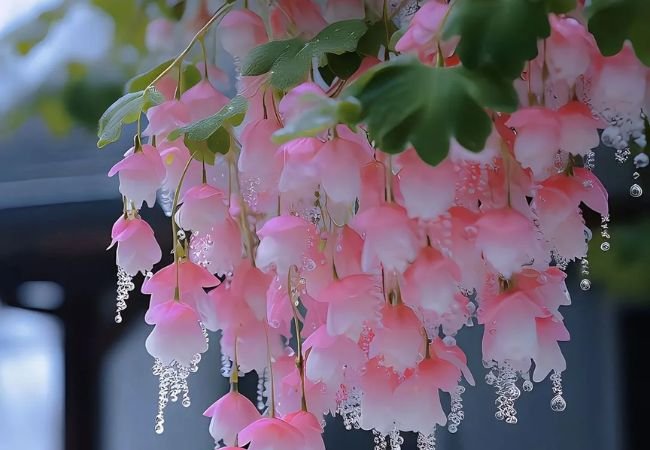
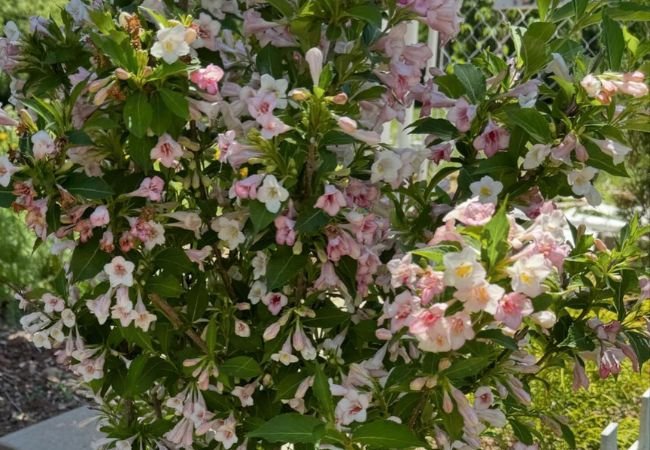
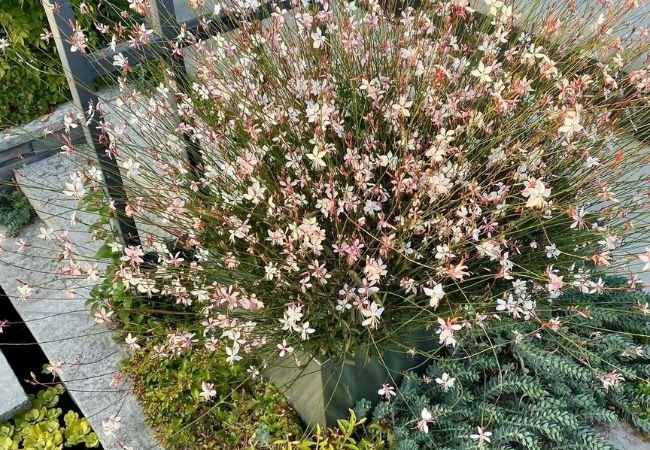
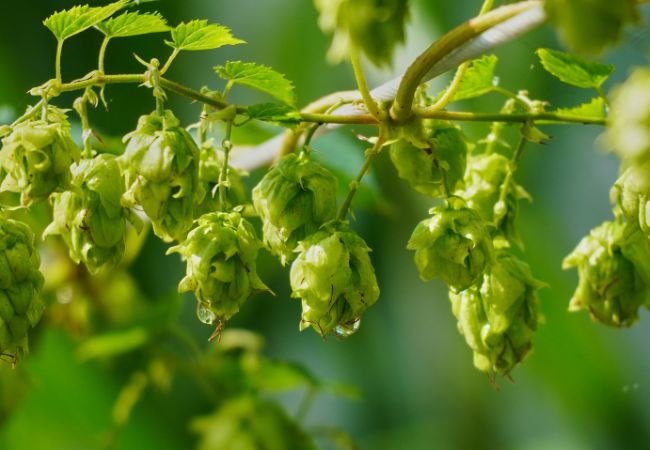
One Comment